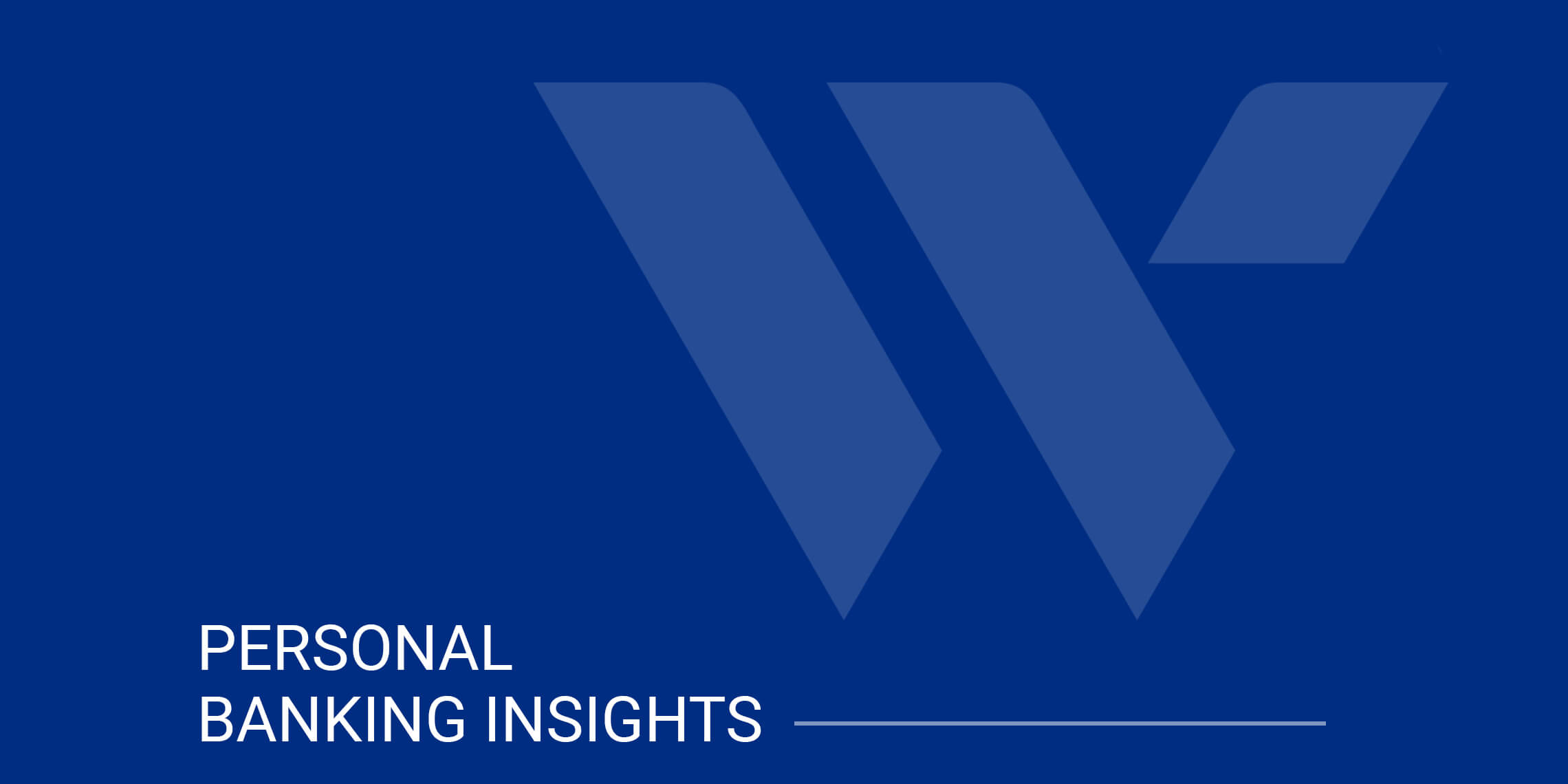Download our e-Treasury Secure Browser
Download the Sterling e-Treasury Token Client
Download our e-Treasury Secure Browser
Download the Sterling e-Treasury Token Client
Due to weather conditions, NY banking centers in Orange, Rockland, Ulster, and Sullivan county will open at 10am today. Online Banking, Mobile Banking, ATM’s, and the Contact Center remain available.
For optimal viewing experience, please use a supported browser such as Chrome or Edge
Download Edge Download Chrome
Published on November 1, 2023 | Webster Bank
Here are some helpful tips and information to educate you about how overdrafts work, how they can occur, and how to avoid them.
An overdraft occurs when you don’t have enough money in your account to cover a transaction, but the bank chooses to pay the transaction anyway.
There are several reasons why an overdraft can occur, including:
Here are some practical steps you can take to manage your finances and avoid overdrafts:
By being proactive and taking control of your financial well-being, you can minimize the risk of overdrafts and the associated fees. If an overdraft does occur, it’s helpful to fix it as soon as you can. Contact Webster Bank today to learn more about specific overdraft protection services and which ones may be right for you.
For Informational/Educational Purposes Only: The opinions and strategies expressed in this article are for informational/educational purposes only and may not be appropriate for everyone, and are not intended as specific advice/recommendation for any individual. You should carefully consider your needs and objectives before making any decisions, and consult the appropriate professional(s).
Webster Bank, N.A.
Webster, Webster Bank, the Webster Bank logo and the W symbol
are trademarks of Webster Financial Corporation and
registered in the U.S. Patent and Trademark Office.
© 2025 Webster Financial Corporation. All rights reserved.

